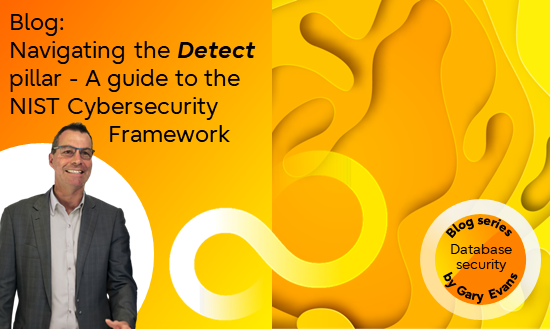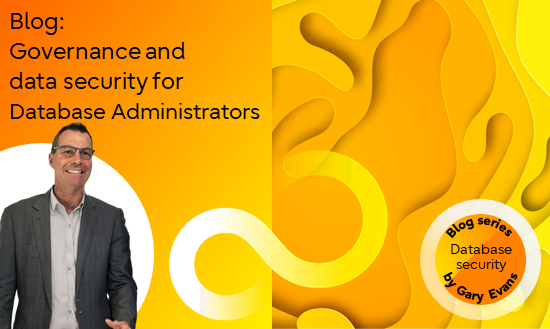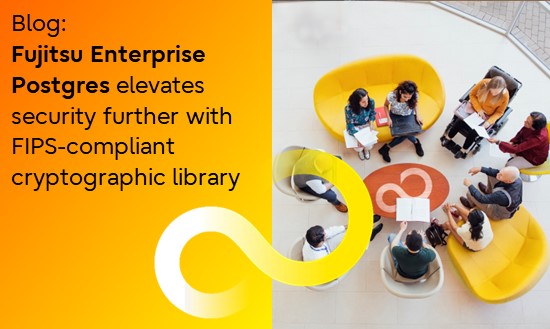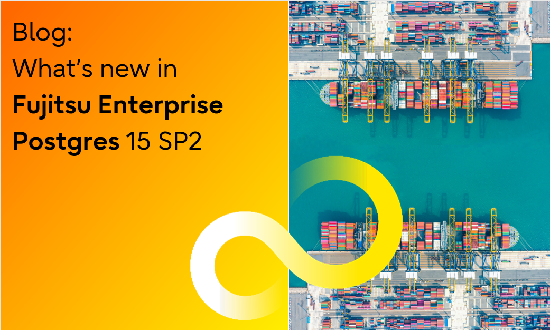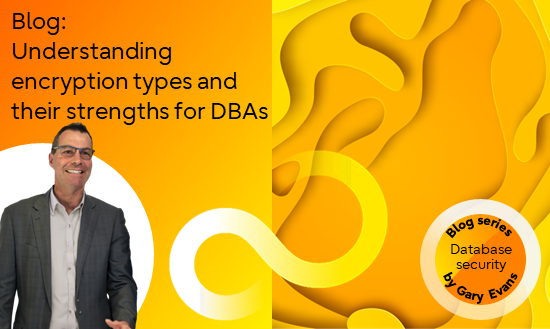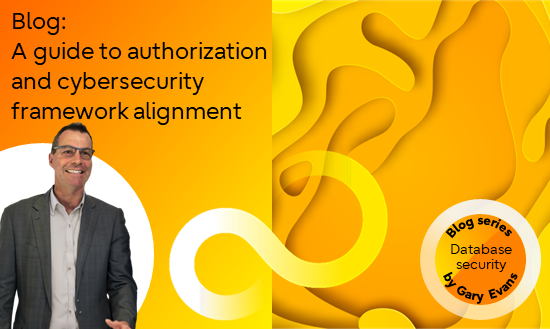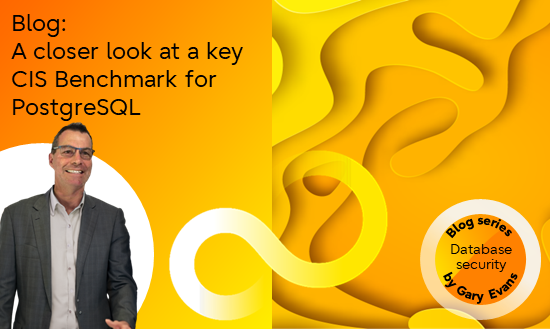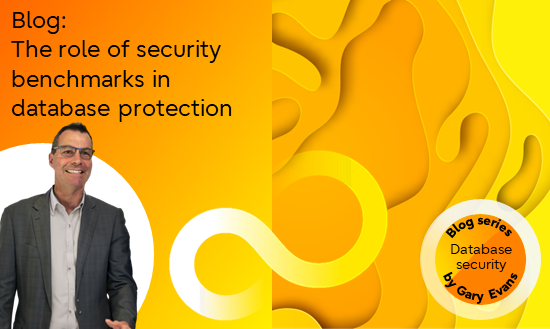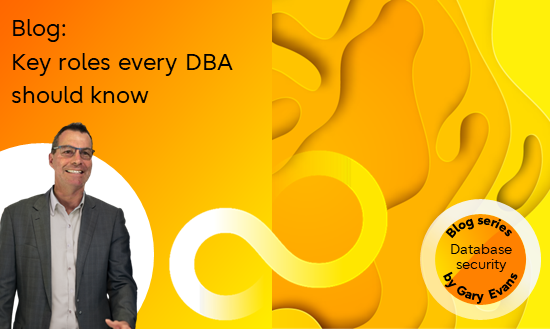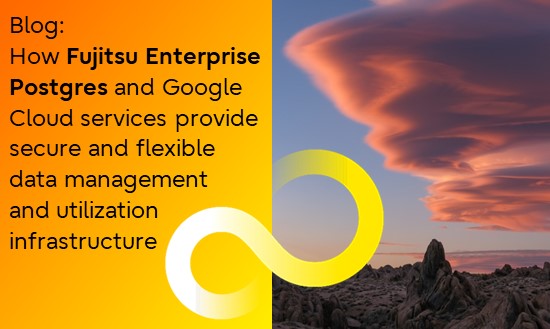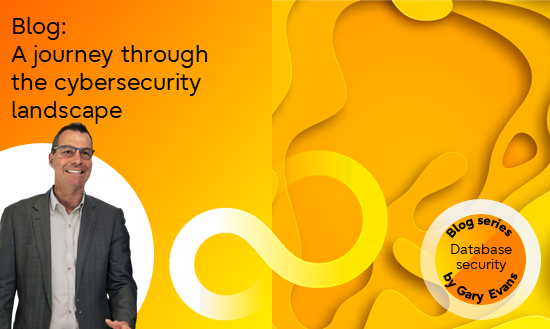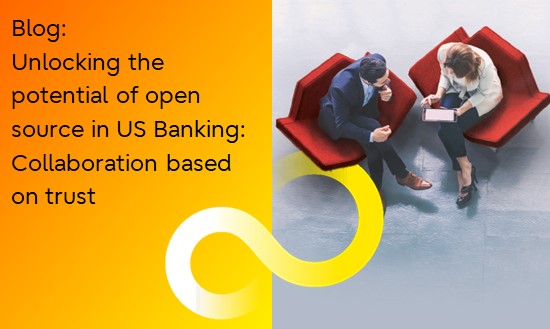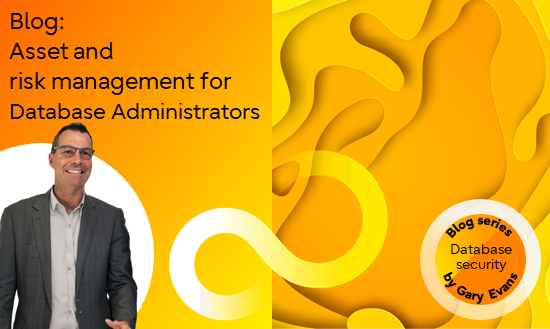
Learn how Database Administrators (DBAs) can navigate the complex landscape of cybersecurity and manage risks to their databases. Explore the importance of asset management and risk assessment in aligning with the NIST Cybersecurity Framework's 'Identify' pillar. Discover key steps for DBAs to establish a robust foundation for risk assessment and the integration of risk assessment with broader...
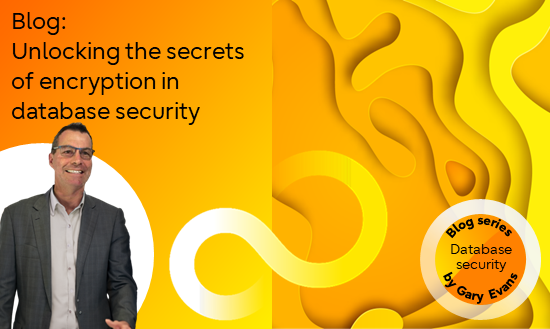
Read about the importance of encryption in database security and how it protects data at rest and in transit. Learn about encryption types, key management, and the role of application-level encryption. Find out how Fujitsu Enterprise Postgres provides robust encryption solutions for enhanced data security.



